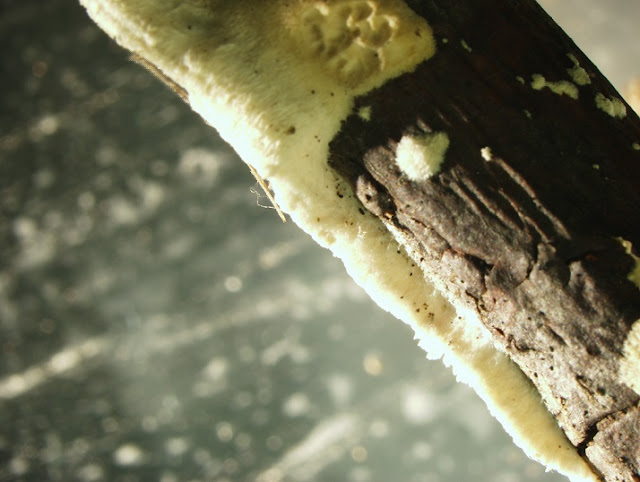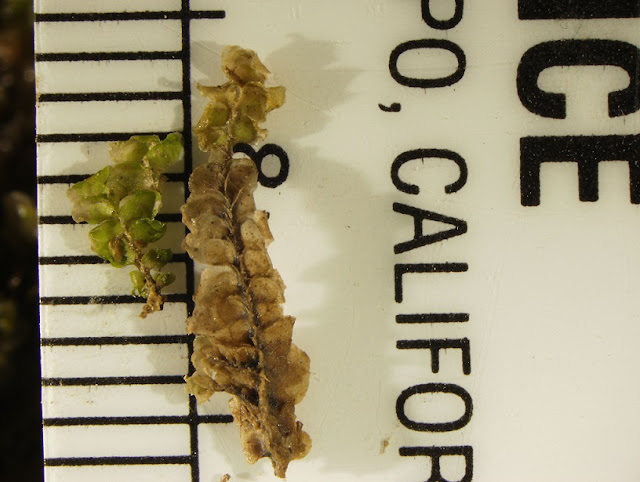Figure 1: X. polymorpha found sticking out of a log upright.
Figure 2: Large, thick black fruiting body of X. polymorpha. No branches present.
Name: Xylaria polymorpha
Phylum: Ascomycota
Family: Xylariaceae
Common Name: Dead man's fingers
Collection Date: 10/08/2015
Habitat: On top of decaying log
Location: James H. Barrow Field Station, Hiram, Ohio
Description: Black hard, club-like fungal body standing upright. About 8 cm tall and 1 cm wide.
Collector: Linden Glaze
Key used:
Arora, D. (1979, 1986). Mushrooms Demystified, 2nd edition. Ten Speed Press. Berkeley, California.
Key to major groups of fleshy fungi:
Fruiting body erect, club-like.... Earth Tongues pg. 865
Key to the Helotiales
1. Fruiting body various shaped.... 4
4. Flesh not gelatinous or rubbery gelatinous..... 5
5. Fruiting body erect, clublike, black, growing out of wood... 6
6. Entire fruiting body is black.... Geoglossium & Trichglossium pg. 866
Key to Geoglossium & Trichglossium pg. 866
1. Fruiting body roughened and velvety, growing out of wood.... Pyrenomycetes pg. 878
Key to Pyrenomycetes pg. 878
1. Growing out of wood.... 2
2. Fruitng body black.... Xylaria & Daldinia pg.885
Key to Xylaria & Daldinia pg. 885
1. Fruiting body erect, clublike.... 2
2. Fruiting body unbranched.... 3
3. Fruiting body tough, up to 3 cm thick, flesh inside is white.... Xyaria polymorpha










































